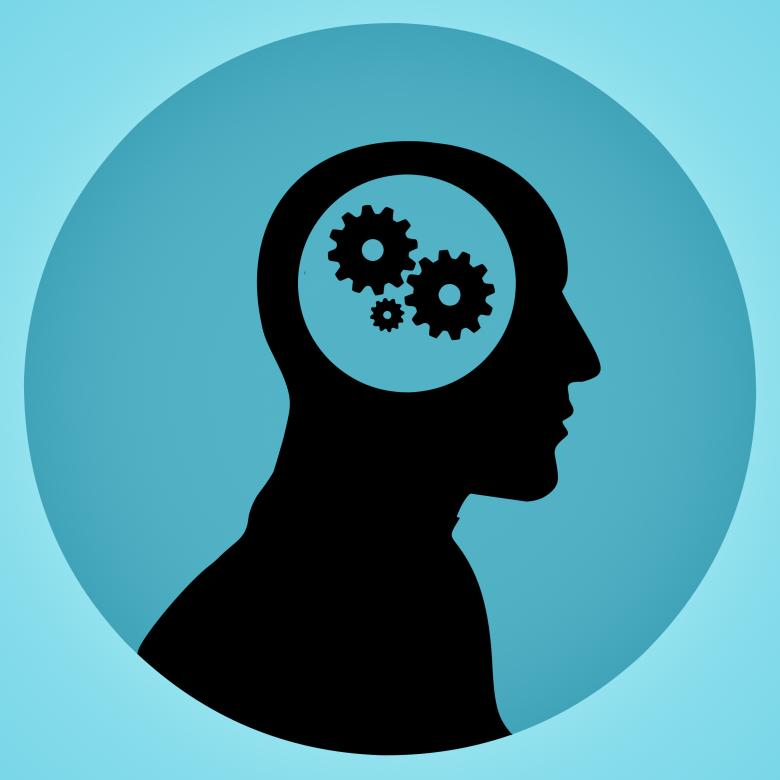Empower Your Students to Responsibly Communicate Online
The beginning of the school year can be overwhelming. From learning new students’ names, establishing norms and classroom rules that students must follow in the classroom to then developing a classroom culture that is safe and conducive to learning, it's no wonder that teachers are unusually exhausted in those first few weeks. As educators, it is the same “beginning of the year” lecture every time and it is the same presentation for the students every year. Teachers want to ensure students understand what is expected and what a good citizen does in class and school each day. Students practice being a good citizen each day and learn from the mistakes made. When an unacceptable action occurs in the classroom, at lunch or during recess teachers take that moment as a learning opportunity to correct it for the future in hopes it won’t happen again. So as I ask you, can we empower our students to learn to be responsible citizens in the digital space by giving them frequent opportunities and experiences? Absolutely!
Before you say, “Well, I’ve tried it before but my students were not able to handle writing online. OR A few students made inappropriate comments so we just stopped using the tool.” OR “Many students became off task doing other things so we just went back to paper/pencil.” That was before… I want you to think back to how you approached the process of communicating online with your students?
- How did you, as the teacher, model the process of posting?
- How did the class reflect on the contributing to an online platform?
- Did you demonstrate how to collectively take notes or gather information as a small group and then mentor these groups on how to disseminate the material their peers added to the learning space?
Just because students have technology at home or maybe in previous grades does not mean they know how to be effective participatory digital citizens. This is a new year, with new students so you have a new chance to start it out right this year. Here are some tips on getting started on the right “click” for getting your students “participatory digital citizens”.
1. Create a digital space
Creating a digital learning space allows your students an opportunity to contribute and collaborate with one another. Ask around in your school to learn which colleagues are already using digital tools to have students communicating about their learning. Here are a couple of suggested ways to get started.
- Google Slides Q&A Presentation Mode - Presenters can start a live Q&A session with an audience during a presentation with Google Slides. You can present questions at any time, and people can ask questions from any device.
- FlipGrid - video discussion platform.
- TriCider - crowdsource and backchannel discussion
- VoiceThread - allows students to use images, files, and video for collaboration and discussion. *Paid subscription, free to employees in our district.
- Lino - a digital corkboard where students can leave “sticky notes”, images, or video.
- Tozzl -a digital easy-to-use pinboard that enables people to collaborate with others
2. Communicate to parents
When you are investigating digital learning spaces, look at the terms of service and determine what rules and guidelines they have in place. If you teach students who are under the age of 13, you may need to get the consent of the parent to create an account. t is a great opportunity for you, as the teacher, to inform parents and students about the life skills students gain in a digital learning community. As the teacher, you are providing opportunities for our students to understand the rights and responsibilities of working in a connected environment.
3. Set learning targets
Creating opportunities for our students to communicate online offers authentic and meaningful experiences to build on those life skills in online social interactions. In the classroom, students become a part of a positive, safe and collaborative learning sessions. They learn how to respectfully work with others who may have a different viewpoint which can be transferred into their own personal online social interactions.
4. Start slow
If there is any hesitation in getting your students to communicate online, use an online learning space that is password protected. Give your students an opportunity to learn your expectations, the guidelines, process and from their own mistakes. Then move into a collaborative learning space with another classroom in your school, district and then to a larger more open community.
5. Model, Monitor, Mentor, Redirect
Just as it says, model what your expectations and guidelines are for social interaction on a digital learning community. Monitor the students as they practice and work in the online space. If a student makes a mistake, mentor the students through what happened and redirect the behavior to what is expected. Just as we discuss proper lunchroom procedures and redirect when something goes awry, discuss and redirect broken rules or guidelines and get them back on to show you they are respectful and responsible digital citizens.



Comments
Post a Comment